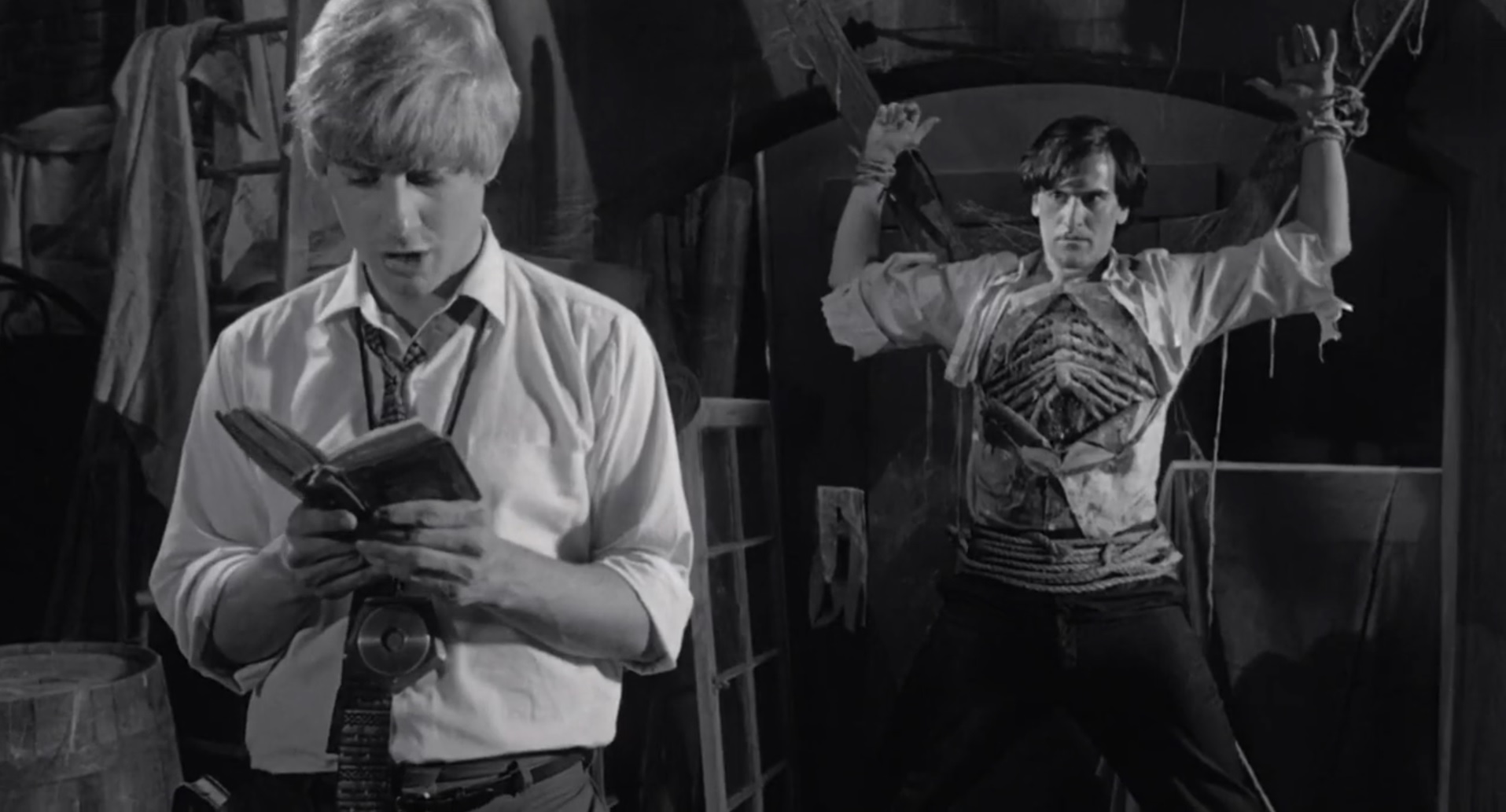
Anthony Hickox seems to have fun recalling the past that he managed to come up with another story about anachronisms and horror film icons in Waxwork II: Lost in Time. But despite its promising vision of bringing horror icons back on the screen again, it only proved one thing: nostalgia is not enough to salvage his fleeting, futile idea.
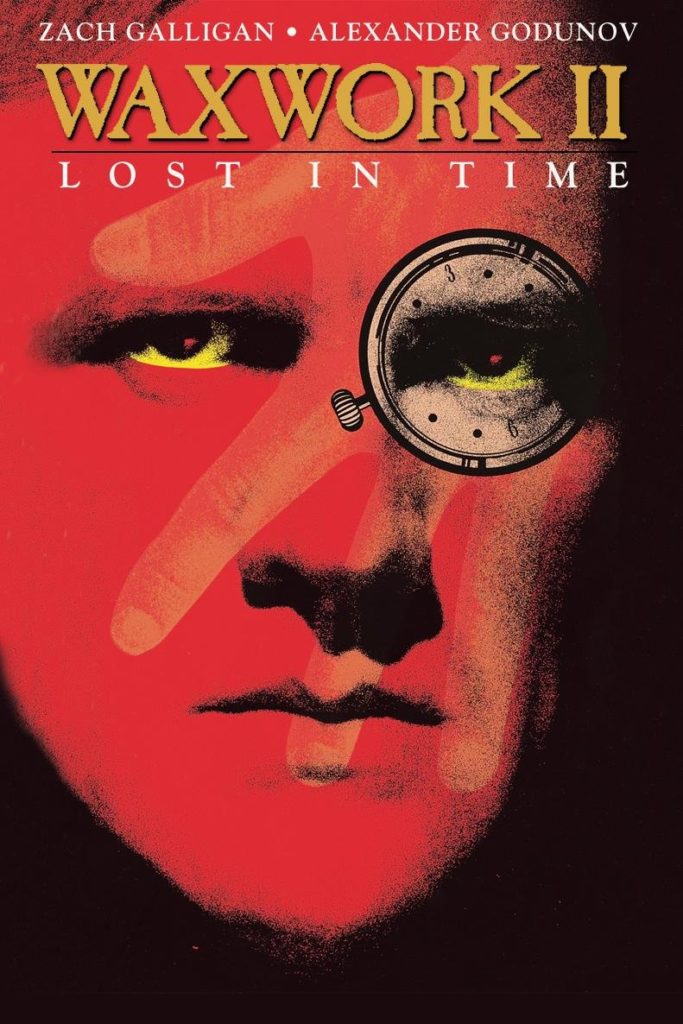
The waxwork museum already burned in the first film. What’s there to discuss? What’s there to elaborate? Nothing much, really. However, Hickox reinforced his idea of time displacement and called it time traveling to prolong his ill-conceived lore. But there is no dummy gallery anymore, so what’s the point? Hickox forces a story to justify a second film. After burning the museum, Mark and Sarah’s worst issues emerge when a demonic hand from the museum stalks them home and kills Sarah’s alcoholic stepfather. Sir Wilfred’s house holds clues to her innocence and a compass that reveals the gateways across time and space, taking them to alternate dimensions. Although there are parallels, including the interdimensional portals, it didn’t respect continuity as the story veers from the established lore of the first film.
The sequel bypassed one of the original film’s crucial plot points, that in order to survive in a certain period of time, you need to convince yourself that what you’re seeing is fictitious. Waxwork II: Lost in Time seems to scrap this rule, as they needed to take initiative during their time displacements to survive. What’s more confusing is that the supposed “butterfly effect” caused by their time ventures does not affect their present despite various time skips.
Another irking bit is the existence of time warriors. This idea existed because God is playing a “Nintendo game” with the Devil suing their own time warriors to tip the balance of the universe, according to Sir Wilfred. And yet, the existence of time warriors is complete baloney as igniting wars in different periods obviously changes the course of history. And there is no point for time warriors because there are no actual scoundrels who try to alter history, even in the first film. David Lincoln in Waxworks never tried to change the timeline because he only attempted to bring the wax effigies back to life. Apparently, the protagonist, Mark, continues to alter history now and then to favor himself in this film, which makes him more the villain than the protector of our time continuity.
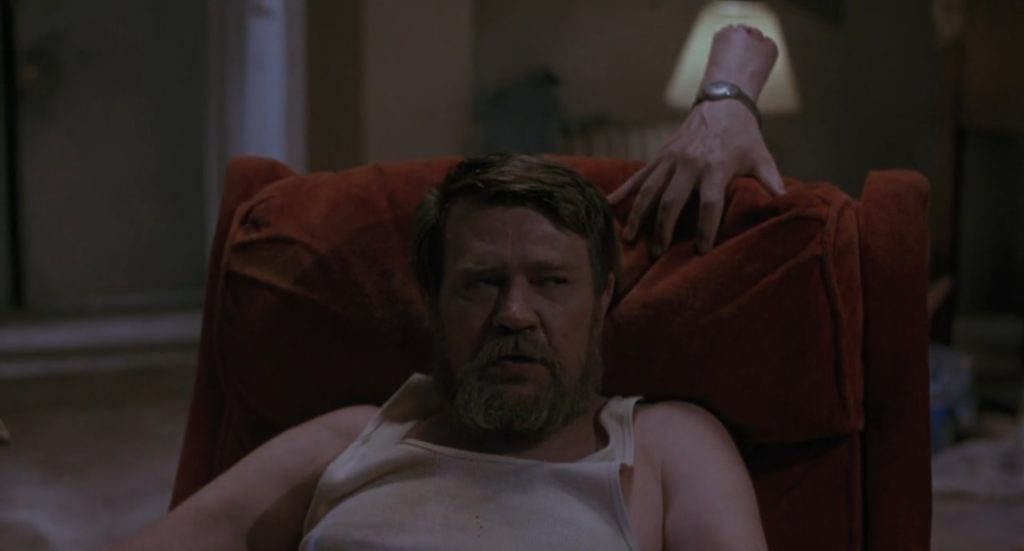
However, Waxwork II: Lost in Time still deserves a glimpse, as it took responsibility for its predecessor’s weak progression and learned its lesson by giving us what we came for – a chaotic and grisly comedy horror. What made this film work better than the first is that it is decisive, as it heavily focuses on fiction, which pays respect to those who admire uniformity. The film settles on showcasing fictional characters than mixing them with non-fictional entities from history. Bringing out nostalgia is the point of the whole franchise, and its predecessor is pretty adamant about instilling it. Lost in Time materializes on esteeming homage to classic horror films and somehow triumphs in making every reference unique and utterly funny.
The Frankenstein bit is good, and the perfect way to start the homages, knowing fully that the story of Frankenstein is a hallmark of classic horror. The moment where Mark treated Frankenstein’s monster differently and much more lightly than its owner is a nice touch, considering the mistreatment the monster received that caused its unchecked morality. The Alien and The Haunting rip-offs play simultaneously, where the former is chaotic while the latter is subtle. What makes this sequence truly memorable is their distinct camera movements, where the Alien receives the handheld, turbulent camera treatment, while The Haunting receives the noir, classic camera tricks. Also, the former found its comedy in its never-ending turmoil, while the latter found it in its subtlety and crafty slapstick, mainly thanks to Bruce Campbell’s comedic performance The ribcage scene is probably the highest point of the film and the best in the series.
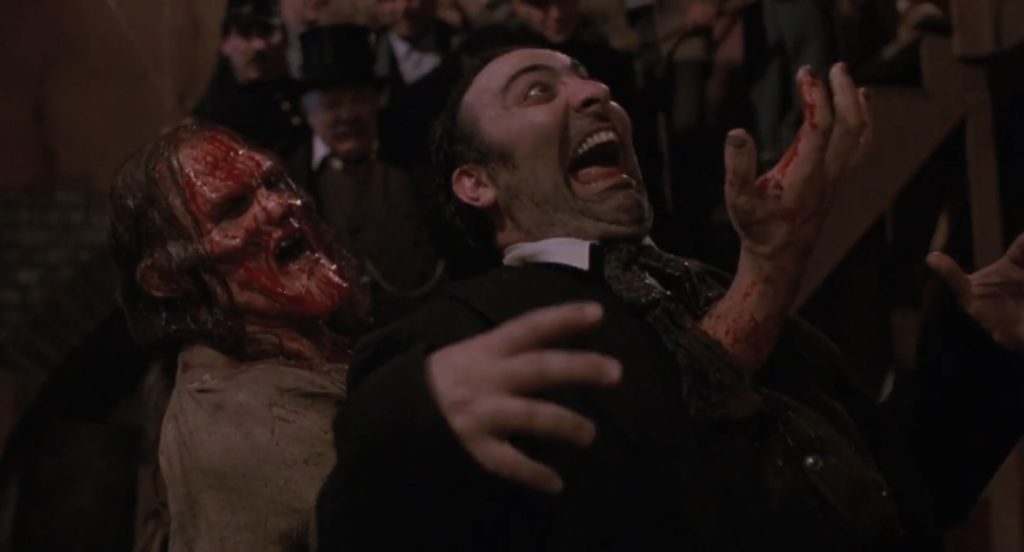
With those hilarious sequences and episodes of gore that started right from the beginning, you won’t find yourself bored or lost because everything comes off spontaneously. It’s the kind of nonsense that is both endurable and indelible. However, instead of pursuing this attempt, all the hype went downhill as the Medieval period parody takes over half of its runtime.
The story becomes disheartened, feeding us unfunny sequences, sexual innuendos, flat characters, and a Deux ex Machina scene that extinguishes the fire constantly burning from the beginning of the film. Seems like Hickox ran out of ideas to proceed with the horror homages and decided on the King Arthur set up to organize the climax. In the end, he sabotaged his own film. It is kind of disappointing to see how the film depleted a large portion of its runtime to pursue something that is unmistakably pulled out of the air just to complete the story. The last time travel sequence, on the other hand, is utterly remarkable, with references from Dr. Jekyll, Dawn of the Dead, Jack the Ripper, Nosferatu, Godzilla, and Invasion of the Body Snatchers. The Ripper’s displacement to Nosferatu’s era is one of its fervor, but it is not enough to make amends for the wasted runtime.
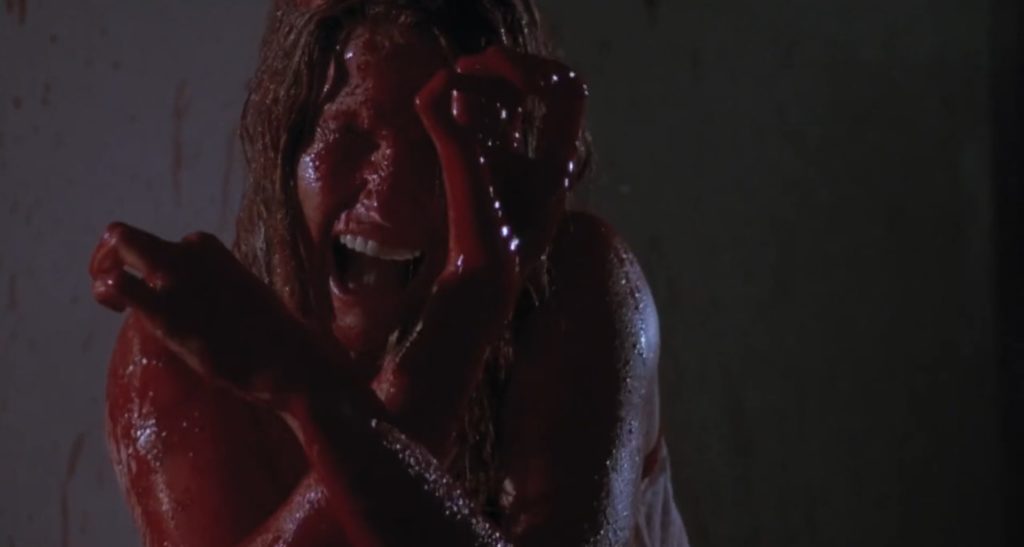
The conclusion is totally lackluster, adding confusion to the narrative. If Mark continued his time warrior quest and keeps on appearing on different epochs of history, isn’t it obvious that the present would change from then on? But I think the film does not have the luxury to think about the technical side of things.
Well, absurdity is its strongest feat, but Hickox never had the chance to maximize it to its fullest. Waxwork II: Lost in Time might find its way to the hearts of those who only seek pure madness in horror films, especially those comedic ones. Nowadays, we are abundant with remakes of classic films. Maybe handing the Waxwork lore to another director might be a good idea to redeem Hickox’s slaphappy nostalgia odyssey.
More Film Reviews
Evilenko (2004) Film Review – A Crime Horror Flick Ripped From The Headlines
Evilenko is a 2004 English-language Italian true crime horror/drama written and directed by David Grieco in his first feature-length film. Malcolm McDowell plays the Soviet Union’s most notorious serial killer…
Street Trash (2024) Film Review – Explosive Social Commentary
In the dystopian landscape of Cape Town, South Africa, Ryan Kruger’s 2025 sequel to Street Trash (1987) takes viewers on a gore-filled adventure through the perils of class warfare in…
Stigmatized Properties (2020) Film Review – Would You Rent a Haunted Apartment?
It goes without saying that director Hideo Nakata is one of the most celebrated filmmakers when it comes to Japanese horror. Having helmed two exceptionally well-received adaptations of Koji Suzuki…
Mournful Mediums Short Film Reviews [Blood In The Snow Festival 2023]
Medium-Sized Horror Bites From BITS 2023 We are thrilled to be reviewing features and shorts for the Blood In The Snow film festival again this year, and offer here our…
Cosmic Dawn (2022) Film Review – Drink the Canadian Kool-Aid!
Cosmic Dawn is one of those films that is difficult to summarize, wherein the plot is not nearly as important as the experience. Furthermore, the production fluctuates between amateurism and…
Faceless (2021) Film Review – Who Are You Really?
“A disoriented and frightened man awakens in a hospital room to discover he’s the recipient of a full face transplant. Plagued by weird flashbacks, no memory, and no visitors, he…

I am a 4th year Journalism student from the Polytechnic University of the Philipines and an aspiring Filmmaker. I fancy found footage, home invasions, and gore films. Randomly unearthing good films is my third favorite thing in life. The second and first are suspending disbelief and dozing off.

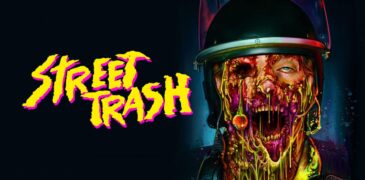

![Mournful Mediums Short Film Reviews [Blood In The Snow Festival 2023]](https://www.grimoireofhorror.com/wp-content/uploads/2023/11/Mournful-Mediums-cover-365x180.jpg)

